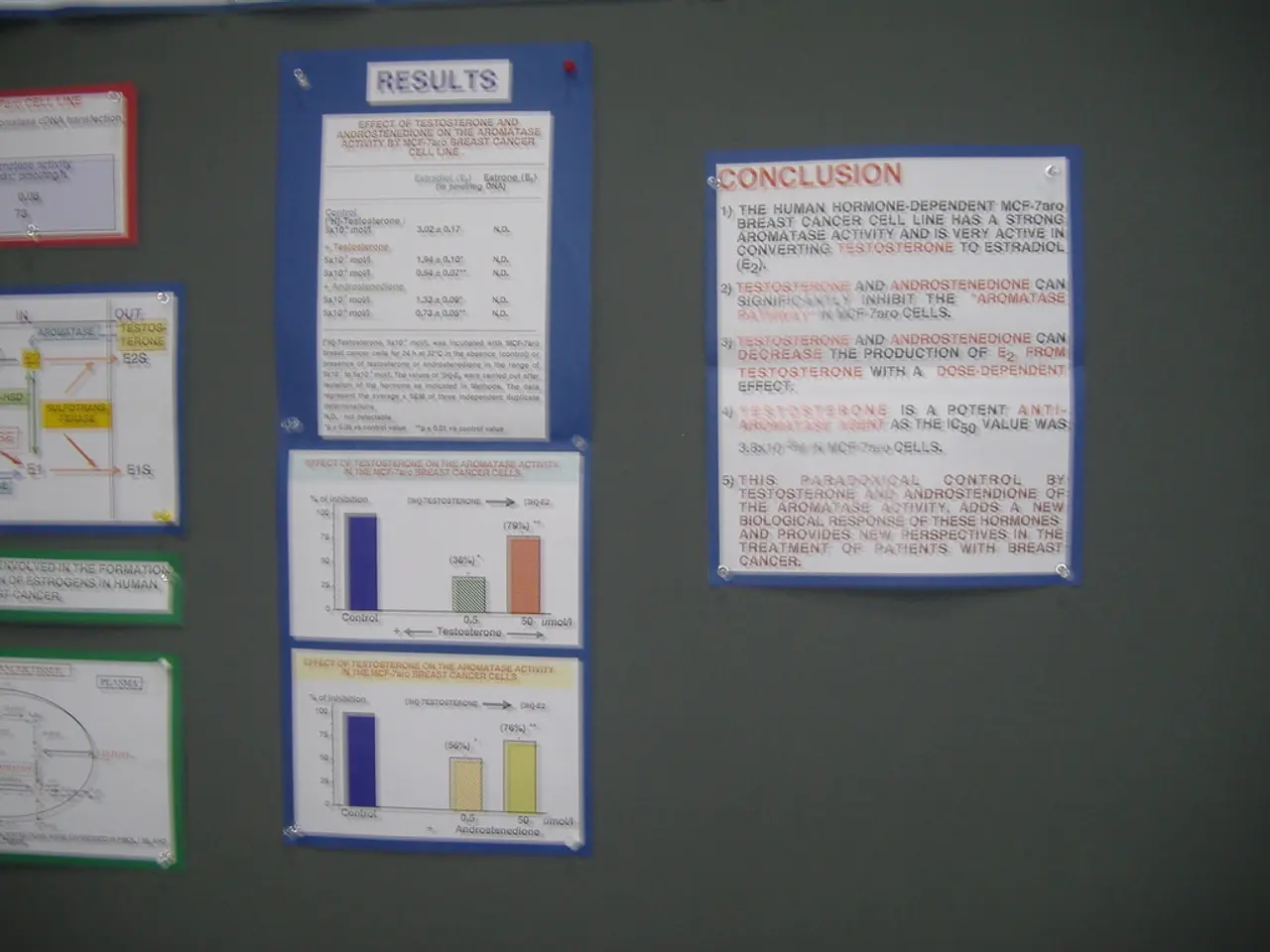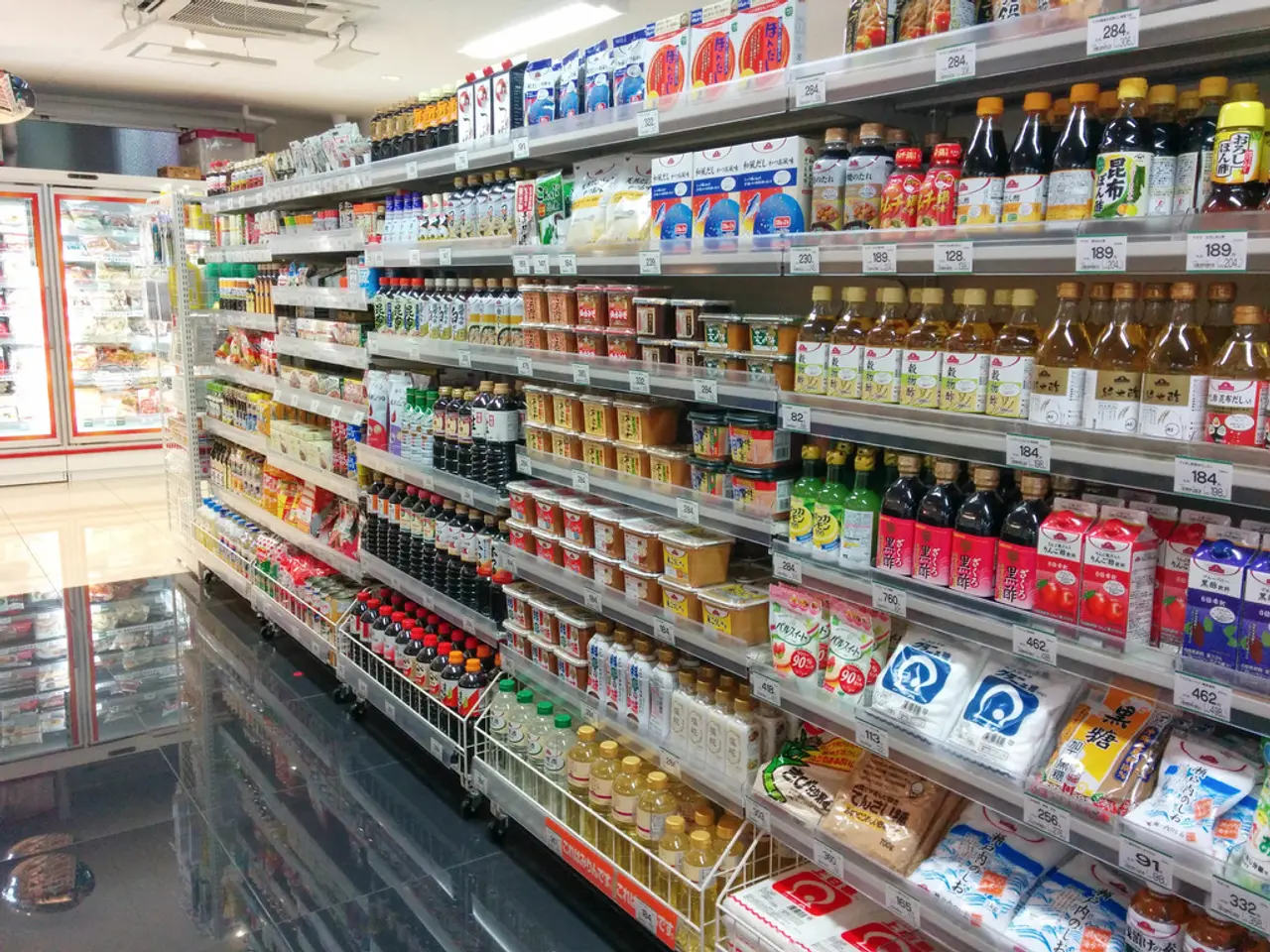Natalia Trunova's comment indicates a belief that the housing market is constantly deep and seemingly endless in its demand or prices.
In a bid to address economic and infrastructural challenges, utility tariffs in Russia are on the rise. This move forms part of a broader strategy to modernize and enhance the country's utility infrastructure, aiming to transition from an exhausted growth model to a more productive and competitive economy.
The current economic climate in Russia has reached its limits, with growth slowing due to high inflation, high interest rates, and labor shortages. To shift towards increasing productivity and long-term competitiveness, the government recognizes the need to invest in modernization rather than relying on past growth drivers like heavy state spending on defense.
Raising utility tariffs is a common approach to generate additional revenue needed for upgrading aging and inefficient systems, improving service quality, and integrating modern technologies. Although specific tariff reforms in Russia were not detailed, it is a standard governmental measure to finance large-scale modernization projects.
Modernizing infrastructure involves replacing outdated equipment, reducing transmission losses, and incorporating smart technologies to enhance efficiency and reliability. Lessons from other regions, such as the Eastern Mediterranean, highlight the importance of investing in smart grid innovations (advanced metering, battery storage, real-time monitoring) to support renewable energy integration and stabilize grids.
The digitization of communal housing is necessary but requires billions of investments beyond the initial 4.5 trillion rubles allocation. In regions where large-scale infrastructure modernization projects are being implemented, the index is higher. Conversely, where it's more related to general economic parameters and cost, it's lower.
Effective management of the allocated funds is crucial, given the complexities with technologies and construction organizations. Good management quality in municipal or joint-stock enterprises owned by the municipality can make the sector profitable. On the other hand, pseudo-concessions, which make up the majority of concessions in the communal sector, involve minimal or non-existent investments from private capital.
Starting this year, the state is tightening control over concessions in the housing and utilities sector, with requirements for concessionaires including having 2-3 years of experience in operating infrastructure, depending on the population of the settlement. Some regions are taking water supply objects into concession, including those owned by the region, to develop small cities.
The housing and utilities sector, while traditionally unprofitable for the state, is balanced on the brink of profitability. The tariff increase is an important condition, but not the only one for comprehensive modernization of utility infrastructure. The replacement rates of utility networks are much lower than they should be, according to the Strategy for the Development of the Housing and Utilities Sector by 2030. Comprehensive modernization of the sector requires additional resources, especially in smaller cities without investment processes.
As of July 1st, utility tariffs have been increased by nearly 12%, depending on the region. Large private concessionaires, like the Sverdlovsk region, are attracting investment for this purpose. The increase is due to both the deterioration of networks and the general increase in expenses, including the rising cost of producing utility services.
In conclusion, Russia’s increase in utility tariffs is part of a broader effort to overcome economic stagnation by raising revenues needed for infrastructure renewal. This will help transition from an exhausted growth model to a more productive and competitive economy with modern, efficient utility services.
Investment in modernization, particularly in the utility sector, is being pursued to generate additional revenue for upgrading aging and inefficient systems. This financial strategy aligns with the broader goal of enhancing the country's utility infrastructure and transitioning towards a more productive and competitive economy.
The increase in utility tariffs is a common governmental measure to finance large-scale modernization projects, aiming to integrate modern technologies and improve service quality in the industry.




